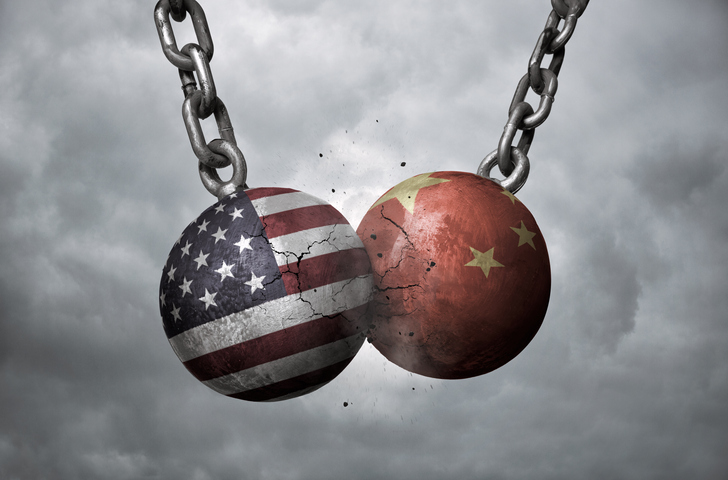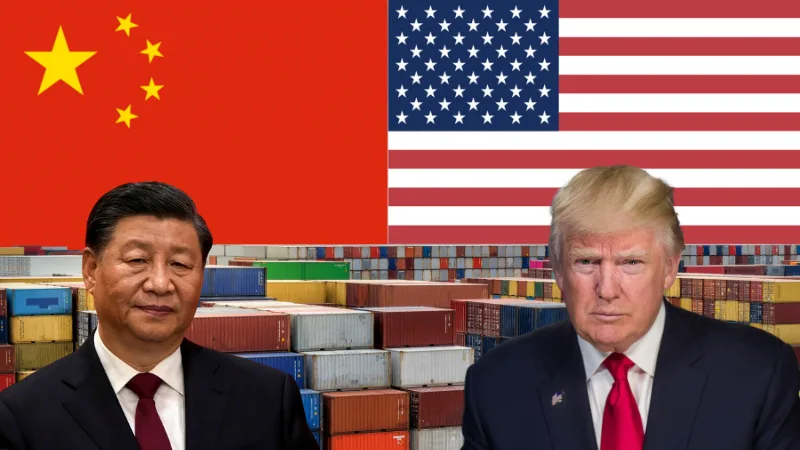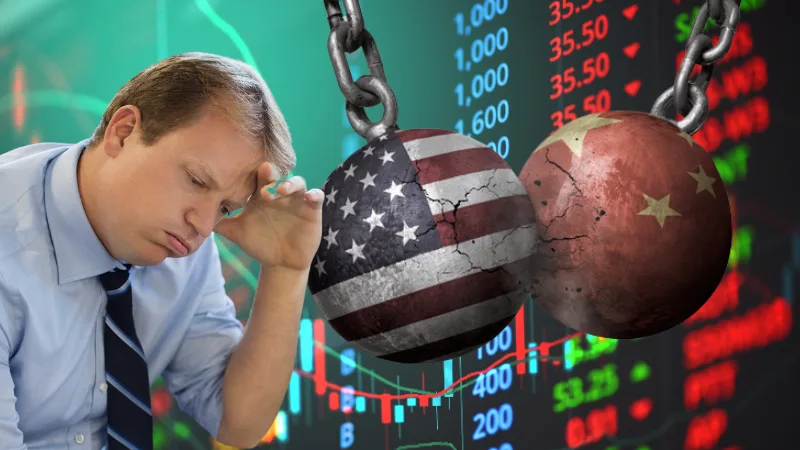Since first entering office in 2017 to present day, President Donald Trump has taken a hardline stance against China on trade, tariffs, and manufacturing. What started as a push to protect American steelworkers and intellectual property has escalated into a full-blown trade war—costing billions, reshaping supply chains, and redefining global commerce.
Here’s a breakdown of every major tariff Trump has imposed on China, from his first term to the present day in 2025.
Solar Panels and Washing Machines Tariffs (January 2018)
Tariffs: 20%–50%
Trump’s first major move came in early 2018, targeting solar panels and washing machines—industries heavily dominated by Chinese exports. Though technically global tariffs, they hit Chinese manufacturers the hardest.
Steel and Aluminum Tariffs (March 2018
Tariffs: 25% on steel, 10% on aluminum
China, one of the world’s largest steel producers, was directly impacted by this protectionist push, which was justified on national security grounds. This triggered the first signs of retaliation from Beijing.
$34 Billion in Tariffs Kicks Off the Trade War (July 2018)
Tariffs: 25% on $34 billion of Chinese goods
This marked the official start of the U.S.–China trade war. The list included machinery, auto parts, and other industrial goods—seen as the backbone of China’s tech ambitions.
Expanding to $200 Billion (September 2018)
Tariffs: 10% on $200 billion in imports (set to rise to 25%)
In a massive escalation, the Trump administration levied a 10% tariff on consumer products ranging from electronics to furniture, signaling the broadening of the trade conflict.
Rate Hike to 25% on $200 Billion (May 2019)
Tariffs: Increased from 10% to 25%
As trade talks stalled, Trump followed through on his threat to hike the previous round of tariffs to 25%, increasing the pain on U.S. importers and consumers.
15% Tariff on Consumer Goods (September 2019)
Tariffs: 15% on $112 billion of Chinese imports
Targeting everyday goods like clothing, shoes, and TVs, this round was felt directly by American households. It was designed to ratchet up pressure on Beijing ahead of negotiations.
“Phase One” Deal (January 2020)
Tariffs: Some reductions, many remain
While this deal paused escalation and led to a small rollback (some tariffs lowered from 15% to 7.5%), it left most duties intact—especially the 25% tariffs. China pledged to increase purchases of U.S. goods, but compliance was mixed.
Return of Trump: Blanket 10% Tariff on All Chinese Imports (February 2025)
Tariffs: 10% across the board
In his second term, Trump reimposed a sweeping 10% tariff on all Chinese imports, citing unresolved issues with fentanyl, trade imbalances, and forced technology transfers.
Escalation to 20% (March 2025)
Tariffs: Increased from 10% to 20%
Less than a month later, tariffs doubled as Trump accused China of failing to honor the Phase One deal and of continued economic “manipulation.”
Massive 34% “Reciprocal Tariff” (April 2025)
Tariffs: 34% on Chinese imports
In what Trump called “a necessary leveling of the playing field,” a 34% blanket tariff was introduced. His administration justified the hike by pointing to China’s trade surplus with the U.S., accusing them of unfair subsidies and currency manipulation.
The Bottom Line
Trump’s tariffs on China have fundamentally reshaped global trade—and the conflict shows no sign of slowing down in his second term. With many tariffs still in place and new ones layered on top, U.S.–China economic relations remain a central battleground for global policy and investor uncertainty.





